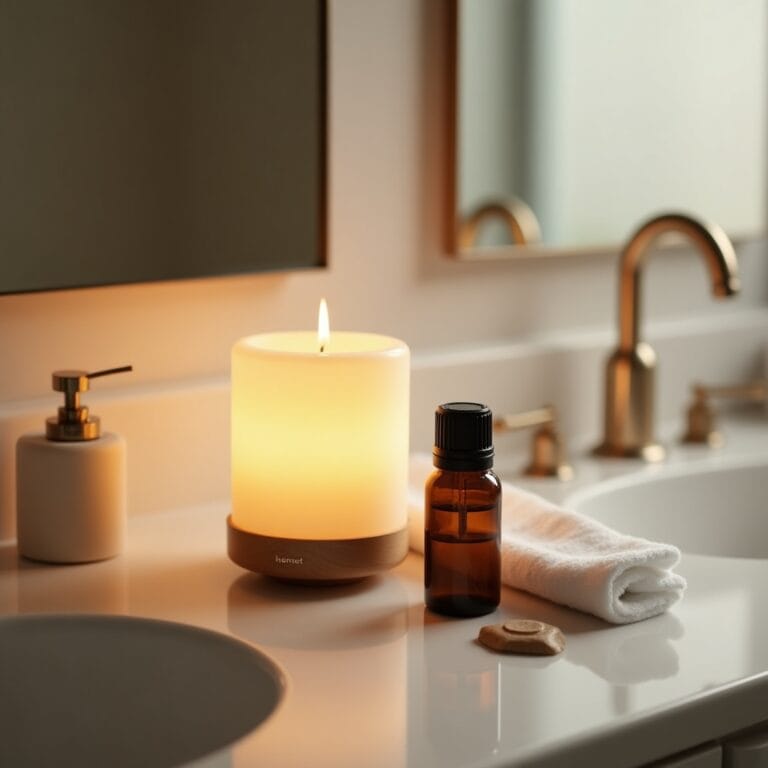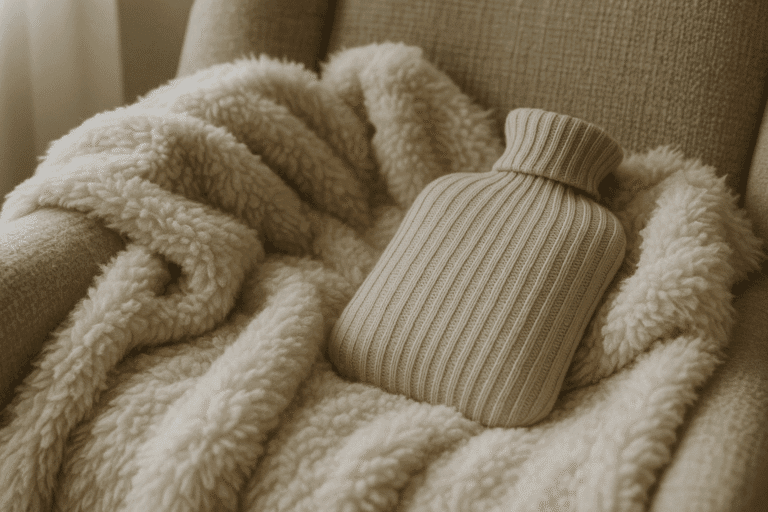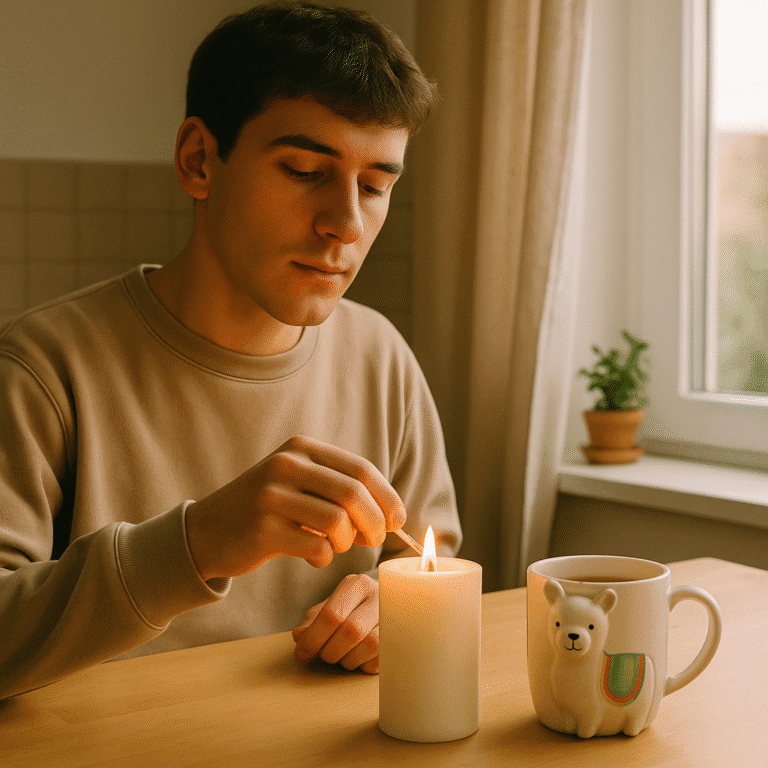Why Your Bathroom Matters When You Have Crohn’s
Most people see the bathroom as a utility space. In. Out. Done. But for those of us living with Crohn’s disease, the bathroom becomes something else entirely. It’s not a room. It’s a relationship. One built on urgency, unpredictability, and, frankly, emotional exhaustion; which is why practical Crohn’s disease bathroom tips aren’t just helpful. They’re a form of self-preservation.
The worst part? Nobody talks about it.
This is exactly why I’ve put together these Crohn’s disease bathroom tips, not from a sterile medical perspective, but from the lived reality of managing flare-ups, toilet anxiety, and the constant mental gymnastics of being one step away from the nearest loo.
Your bathroom should offer comfort, control and a break from chaos. Let’s make that happen.
Crohn’s Disease Bathroom Tips to Make Your Bathroom a Safe Zone
Think of your bathroom not as a functional space, but as a psychological refuge.
You’re already living with a condition that takes away predictability. If your gut is going to be volatile, the room where you deal with it shouldn’t be.
Here’s how to build that sense of calm:
- Use soft, ambient lighting instead of harsh overheads
- Add a footstool to support a more natural squatting posture
- Invest in a padded toilet seat—you’ll thank yourself on flare-up days
- Keep an essential bathroom kit with wet wipes, air freshener, rehydration sachets and spare clothing
These aren’t luxuries. They’re low-friction, high-comfort solutions.
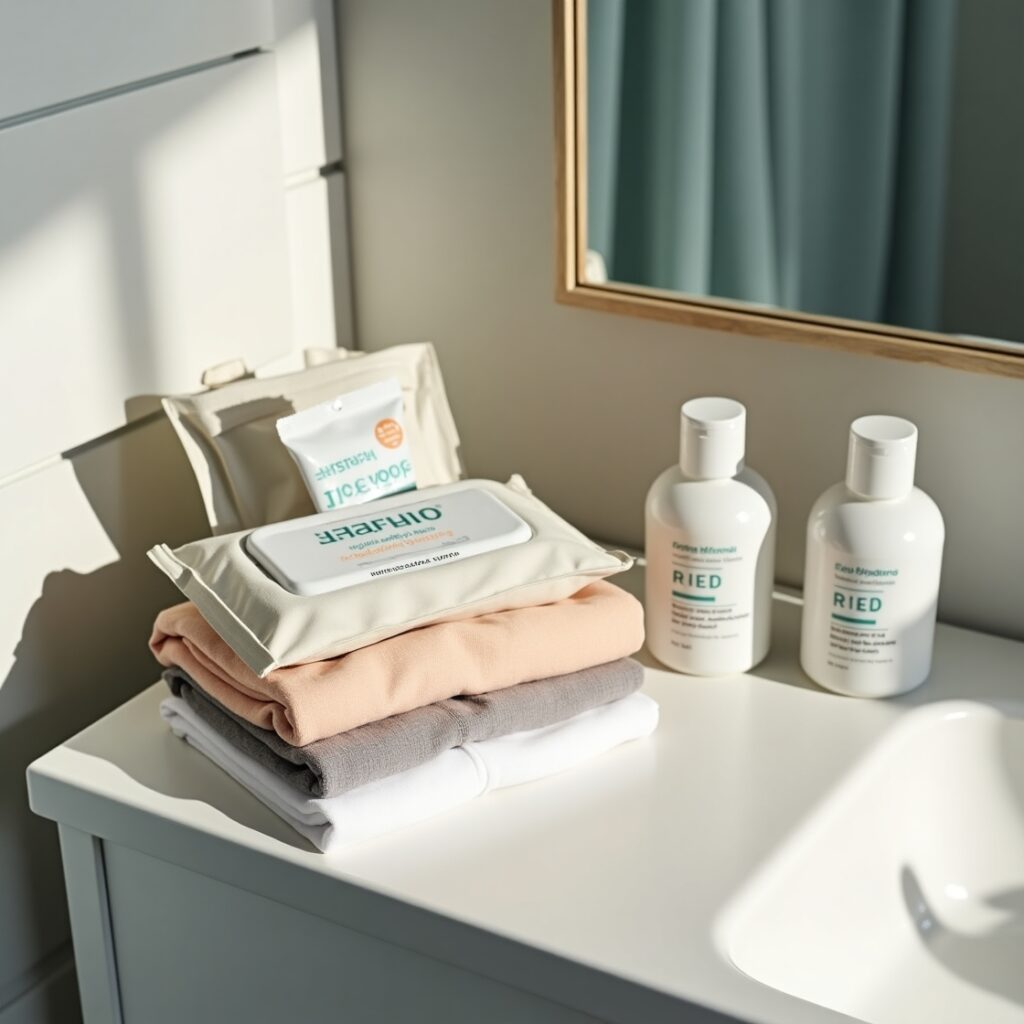
Bathroom Comfort Ideas for Crohn’s Disease Flare-Ups
Comfort isn’t a bonus when you have Crohn’s, it’s damage control. You’re managing inflammation, fatigue, and uncertainty. The last thing you need is a cold plastic seat or rough toilet paper making things worse.
Here are some comfort-first tips that genuinely help:
- Flushable wet wipes (actual flushable ones, not sewer-clogging liars)
- Soft, absorbent toilet paper that doesn’t feel like sandpaper
- Lavender or peppermint oil diffusers to reduce stress
- A stool near the toilet to support positioning and reduce strain
- Bluetooth speaker or white noise machine to mask sound and ease anxiety
None of this is about luxury. It’s about not hating the room you spend too much time in.
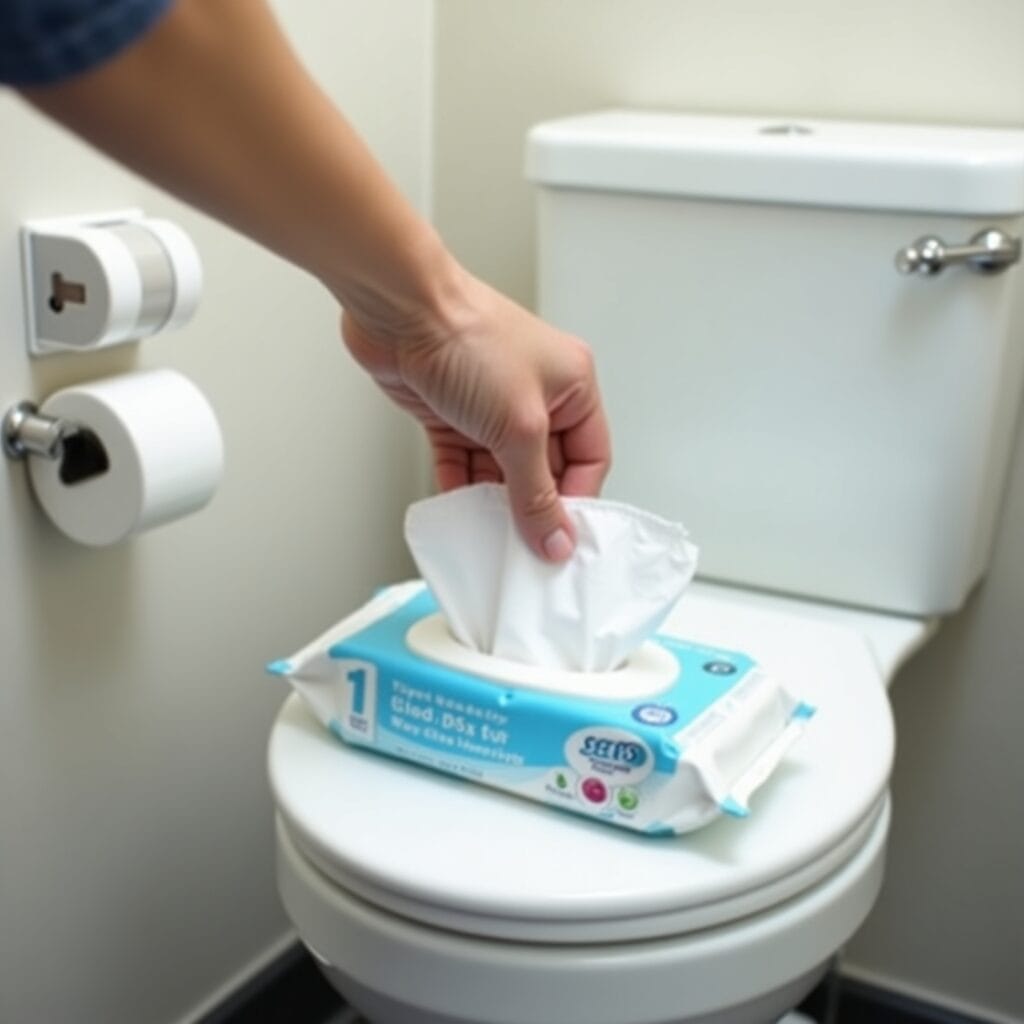
Toilet Anxiety and Crohn’s Disease Bathroom Planning Tips
Toilet anxiety is one of the most overlooked side effects of Crohn’s disease. It’s the fear of not getting there in time, or worse, not having one nearby at all.
But here’s a psychological trick: anxiety drops significantly when we have a plan. It’s not about guaranteeing outcomes. It’s about knowing you’ve got options.
Try this:
- Use toilet locator apps like Flush or Toilet Finder
- Carry a RADAR key (in the UK) to access locked toilets
- Map out potential bathroom stops ahead of time on long trips
- Pack a go-bag: underwear, wipes, pain relief, water, and backup clothes
These might sound small, but they stack. When your mind knows there’s a safety net, it stops constantly scanning for danger.
Build Rituals Into Your Bathroom Routine
One underrated strategy for Crohn’s self-care is ritual. Rituals aren’t woo-woo. They’re grounding behaviours that give you structure when everything else feels random.
Here’s how you could build yours:
- Light a scented candle before a bathroom trip during a flare-up
- Listen to calming music or an audiobook—link the bathroom to calm, not chaos
- Wash your hands or face afterward as a reset ritual
- Use the same towel or scent during tough days to create a psychological anchor
The goal isn’t to romanticise the experience. It’s to reframe it. If Crohn’s forces you into the bathroom, you might as well make it feel less like exile and more like a retreat.
Crohn’s Flare-Up Management Starts in the Bathroom
When a flare-up hits, your bathroom setup matters more than you think. Preparation isn’t paranoia, it’s peace of mind.
Here are specific Crohn’s flare-up bathroom tips:
- Keep oral rehydration salts or electrolyte drinks handy
- Store pain relief or antidiarrhoeals in a drawer nearby
- Lay down a towel or washable rug to make pacing during cramps more comfortable
- Keep a folding chair or stool in the room if you need to rest between trips
- Place a bottle of water next to the sink or toilet for easy access
In behavioural terms, this is called pre-commitment; taking action before a crisis so that future-you has less to worry about.
Talk About Bathroom Needs Without Apology
One of the most effective bathroom strategies doesn’t involve a toilet at all. It’s communication.
Tell people what you need. Explain the condition. Ask for what makes you feel safe. Most people aren’t offended by Crohn’s. They’re just unaware.
Say it plainly:
“I have Crohn’s, so I may need quick bathroom access. Thanks for understanding.”
It feels awkward the first time. It feels empowering the third.
Your dignity isn’t measured by how quietly you suffer. It’s measured by how confidently you advocate for your needs.
Frequently Asked Questions
Focus on comfort, access, and control. Use a padded seat, stock essentials like wet wipes and spare clothes, and create calming rituals to reduce stress during flare-ups.
Planning is key. Map out public toilets, carry supplies, and create a familiar, calming environment in your home bathroom to ease mental strain.
Essentials include flushable wipes, pain relief, water, comfortable toilet paper, a footstool, rehydration sachets, and calming items like music or scents.
Focus on comfort and predictability. Use dim lighting, soft textures, and reduce clutter. Store everything you might need within arm’s reach to cut down stress.
Yes. Being upfront helps others support you and reduces your own anxiety. Most people are more understanding than you expect.

